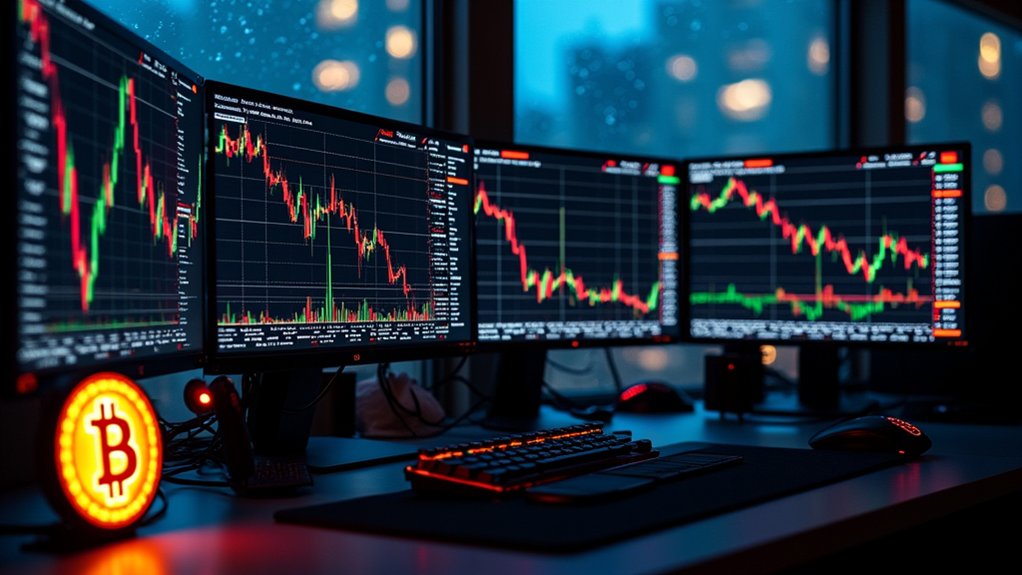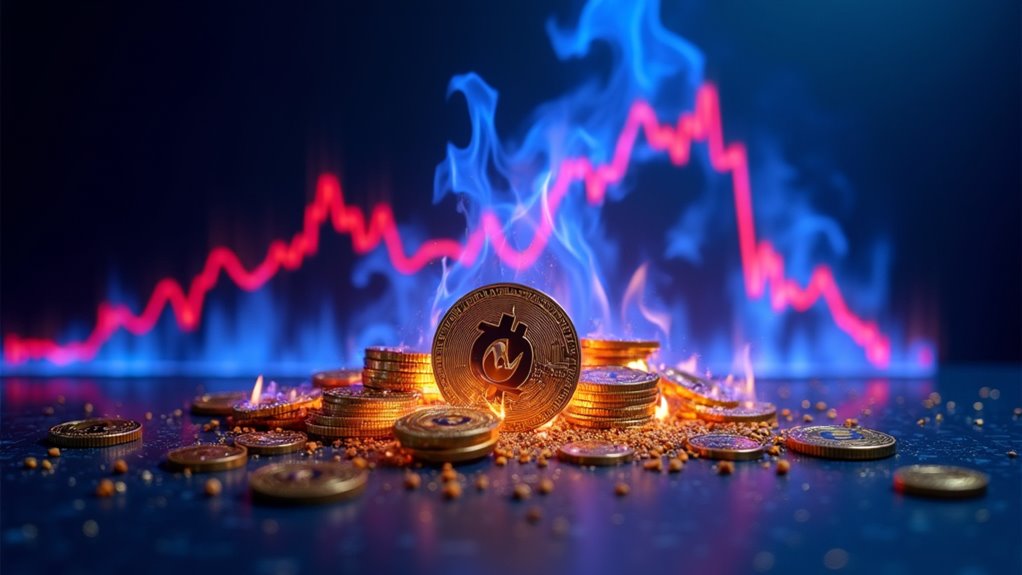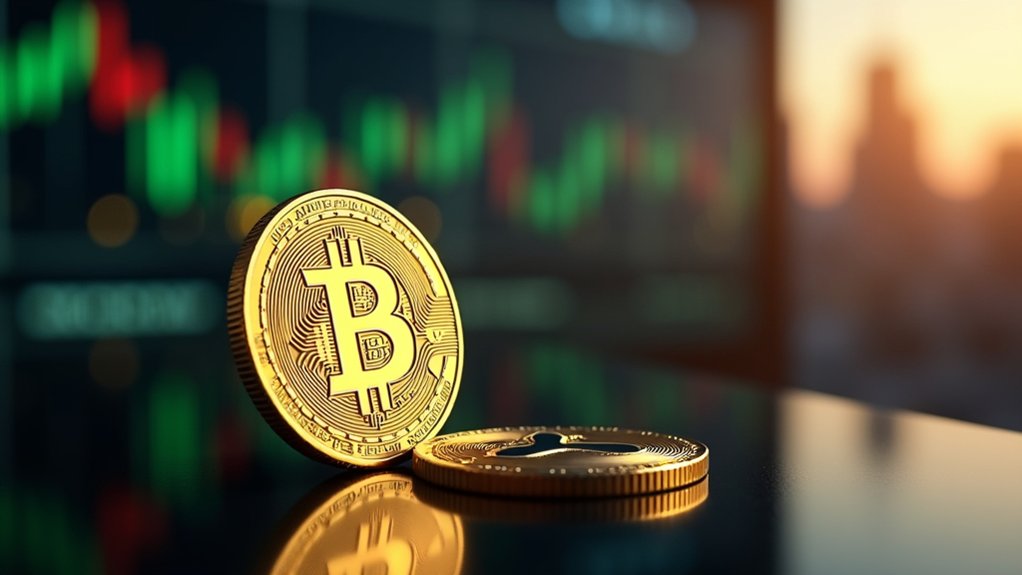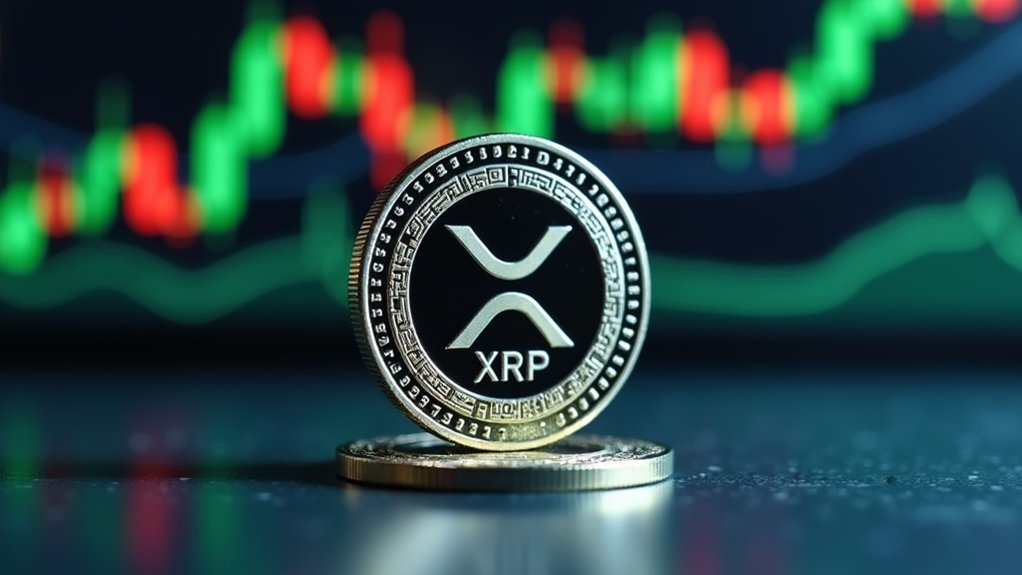Amid a backdrop of escalating geopolitical tensions and emerging macroeconomic uncertainties, Arthur Hayes executed a substantial divestiture of major altcoins totaling over $13 million within an accelerated six-hour window preceding a pivotal keynote in Tokyo, a maneuver that not only underscored his strategic recalibration in response to tariff anxieties but also illuminated the intricate interplay between high-profile investor activity and short-term market volatility during a concurrent 5% crypto market downturn. This divestiture encompassed 2,373 Ethereum tokens valued at approximately $8.32 million, 7.76 million Ethena (ENA) tokens amounting to roughly $4.62 million, and 38.86 billion PEPE tokens worth about $414,700, collectively reflecting a diversified liquidation approach across altcoins exhibiting heterogeneous liquidity profiles. The transaction’s concentration within a narrow timeframe accentuates the acute sensitivity of altcoin liquidity dynamics under pressured market conditions, wherein accelerated sell-offs by influential market participants can exacerbate market volatility, inducing transient price dislocations amid an already depreciating crypto environment. Hayes’ actions suggest a strategic shift or profit-taking in these assets, signaling a cautious stance on certain tokens. This move contrasts with his bullish long-term outlook for Bitcoin, which he expects to reach $250,000 by year-end 2025 based on Bitcoin price predictions.
Hayes’ selective focus on altcoins rather than Bitcoin during this divestment highlights a nuanced asset allocation strategy predicated on mitigating exposure to segments perceived as more vulnerable to macroeconomic shocks, especially tariff-related uncertainties that potentially impinge on crypto market stability. The choice of assets—spanning a dominant smart contract platform, a less liquid altcoin, and a high-circulating meme token—illustrates a calibrated repositioning intended to optimize portfolio resilience while retaining foundational crypto holdings. Market data contemporaneous with the sales revealed a 5% decline in crypto valuations, suggesting that Hayes’ liquidation was both a response to and a contributing factor in prevailing market volatility, as large-scale wallet movements tend to trigger speculative trading behaviors and liquidity constraints within altcoin markets. This episode reflects broader market trends, where institutional investors increasingly influence liquidity and compliance frameworks.
Despite the immediate impact on altcoin prices, Hayes publicly framed this maneuver as a tactical precaution rather than a signal of bearish sentiment, maintaining a bullish long-term outlook on Bitcoin and Ethereum predicated on anticipated institutional capital inflows and credit expansion. This episode thus exemplifies the complex interrelation between macroeconomic policy concerns, prominent investor actions, and the resultant fluctuations in altcoin liquidity and market volatility, underscoring the evolving sophistication of crypto market participants in charting geopolitical risk environments.









